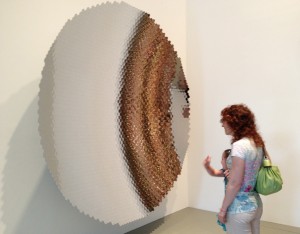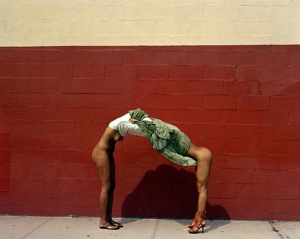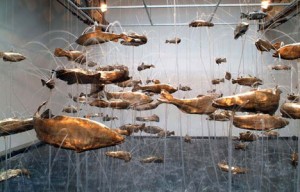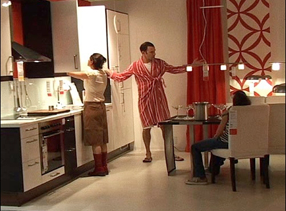
There aren’t many artworks at the Metropolitan Museum of Art that could be described primarily as ‘fun.’ Anish Kapoor’s ‘Untitled’ from 2007 falls into that category by creating a surprising visual experience as tiny, polished stainless steel tiles on a concave form reflect viewers’ images as a blurry multitude of shapes. London-based Kapoor’s best known works in the US (Chicago’s Cloud Gate, for example) make viewers aware of their surroundings. At the Met, Kapoor’s piece is surprisingly intimate and thoroughly amusing. (On view in the 2nd floor Modern and Contemporary Art Galleries).



